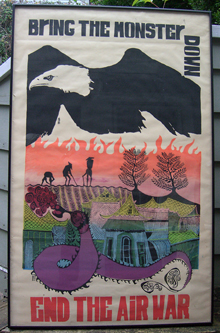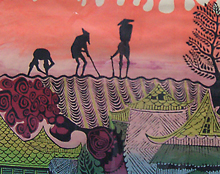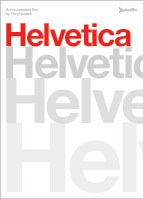When I first arrived in Seattle, at the tail end of 1975, you had to go to another neighborhood just to find an espresso. Starbucks was a little shop in the Pike Place Market that sold bulk coffee and tea, with a single outpost on Broadway, on Capitol Hill, a short but steep walk away from where I lived. And they didn’t sell espresso in those days; that came later. For that full sipping-an-espresso experience, you had to go to one of the city’s hip student coffeehouses, such as the Last Exit or the Allegro, in the University District.
That changed. When Starbucks became an international chain of coffee bars, I realized that what it was really selling wasn’t just coffee: it was design. Or at least the feeling of design. (This raises all the perennial questions about the relationship between design and style.) Quite simply, it felt good to go into a Starbucks and spend some time there – sort of like having coffee in an art-museum café.
What Starbucks is these days, as far as I can see, is basically a caffeine-based soda fountain. In a lot of Starbucks outlets, they look at you funny if you order a straight espresso; they have to go searching for a real espresso cup. An Overhead Hemi Double Frappuccino Nonfat Mocha, on the other hand, they can handle with ease.
This isn’t a bad thing, except for those of us who like straight espresso. The American soda fountain was a cultural institution and a social gathering place; its demise has been a loss for American culture. If Starbucks fills that gap, I won’t complain, even if they do so by imitating the sweet soda-fountain offerings of my youth (with an extra jolt for the workaholic). Well, maybe I’ll complain a little.
[Photo: the original Starbucks logo, currently found only on the original Starbucks store, in Seattle’s Pike Place Market. Photo by me, this afternoon.]
Categorized as culture, design |







